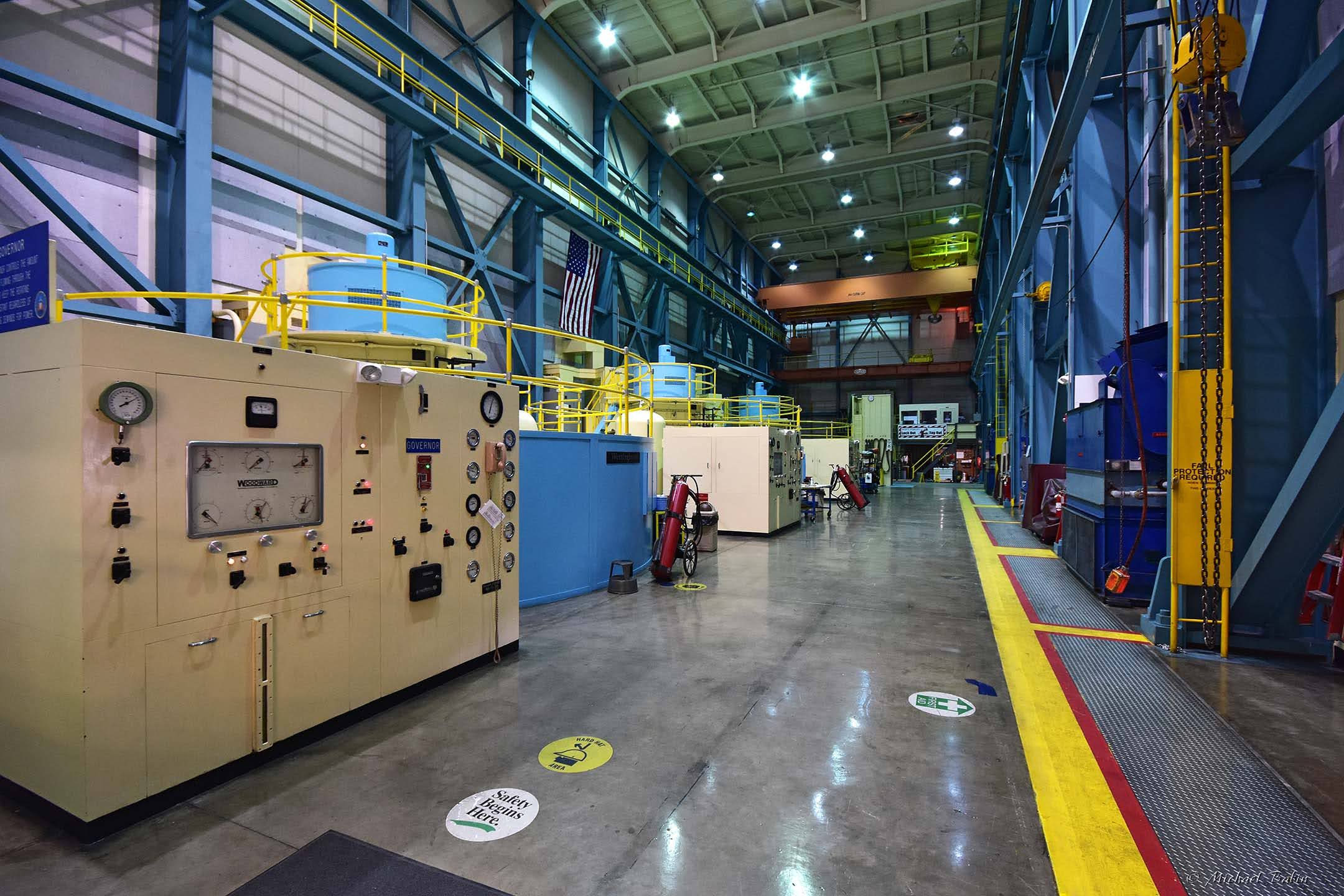We hated to leave the ancient Sheep Creek Geological Area (Sheep Creek Geological Area. Memorial Day 2019 trip, part 6),
but we had more wanders to see, more places to go. So we forced
ourselves to get into the car and drove back. We passed Red Canyon
road and continued forward. We wanted to see one of the
"lakes" we saw while hiking Canyon Rim trail.

Once upon a time, the Green River was a small, muddy and seasonable changing
stream. It was nearly dry by the end of each summer, freezing over in the winters and growing huge and wild every spring, moving tons of water,
mud, and sediments, working on creating the canyon. Each inhabitant adapted to these seasons, and nothing promised any changes. But the people decided
that they wanted to use the power of the water (aka free power), endlessly
running
from here to there. None of what we saw that day (lakes and full-flowing river) existed even 100 years ago. Human beings
changed everything when they started planning to build a dam and reservoir
just down the Red Canyon. Plans for a power plant began in the 1940s...
The building of Flaming Gorge Dam
started in 1958 just a few months after the CRSP was approved in
Congress, when President Dwight D. Eisenhower pressed a button on his
desk in the White House and set off the first blast in Red Canyon.
Construction of the dam did bring more residents to the region;
according to the official Bureau of Reclamation history of the project,
the construction temporarily tripled the population in Utah's Daggett
County. Presumably there was also some effect in Sweetwater County.
There were a lot of jobs - about 2000 people were working 24/7 for two
years only making concrete walls for the future dam. Finally the 502 feet
tall (about 50 story skyscraper) and 1,285 feet wide wall crossed the gulch
and stopped the river. Everything changed since this moment, but these
changes weren't instantaneous - it took 12 years just to fill a 91 miles
long reservoir with water.
The power plant is equipped with three
Westinghouse 50,650 kilowatt generators (each powered by a 50,000
horsepower turbine). Each generator makes 240 rotations per minute and
brings 11,500 volts in output. This power is "stepped up" by the
transformers to 138,000 volts for the transmission lines. This power
plant can support with electricity a medium size modern city of just
over 100,000 people.
What else did we learn on the one hour guided dam tour?... They have an
elevator that lowered us 502 feet in just half a minute (and later
raised us in
about the same time). The biggest fish always stay down the dam (and
there are two reasons for this - firstly, this is the best place and
the weaker fish are pushed further down the stream, and, secondly, this
area
is owned by the government and fishermen are not allowed to pass 100
yard line down the stream). Visitors can feed the trout by buying the food in
dispensers (a quarter for a minute of fun). The biggest fish caught in
the
reservoir (up the dam) was the huge 51 pound trout you can see in the
visitor
center.
Unfortunately, the pictures cannot give you an impression
of the size and grandeur of the dam. But try to turn on your
imagination - see how wide the river is in the picture from the bottom of
the wall? Compare with the following image, taken from the top of the dam.
Can you believe that this narrow stream of
water
is one and the same river?
Here is the record breaking trout mentioned above ;)
Finally,
we had some lunch, enjoyed fresh and windy air and headed back to Vernal.
What places did we see that day? Red Canyon, Flaming Gorge, Sheep Creek
Geological Area and Flaming Gorge Dam. Just look at the map in the visitor center and follow our footsteps ;)
Click here to see the last stop we made this day - McConkie Ranch Petroglyphs.Memorial Day 2019 trip, part 8
Pictures were taken on May 26, 2019.



























No comments:
Post a Comment